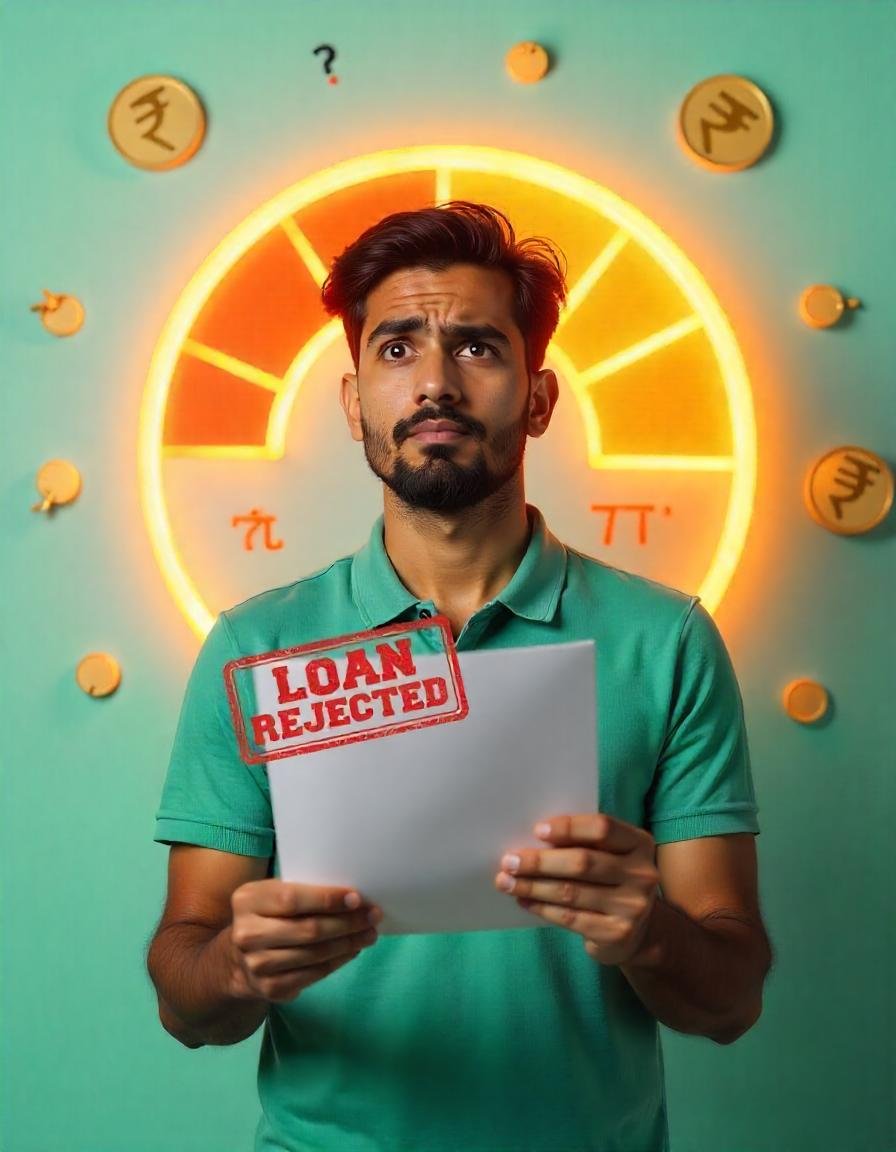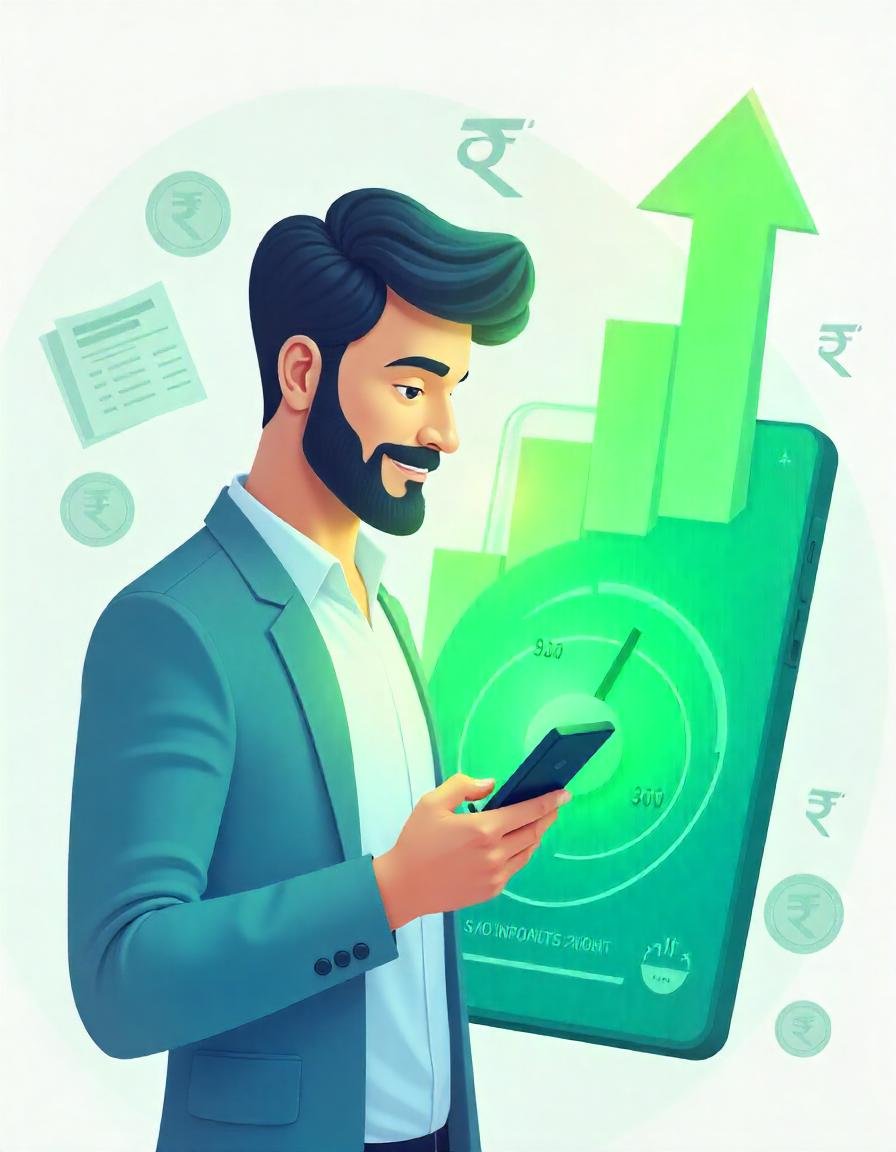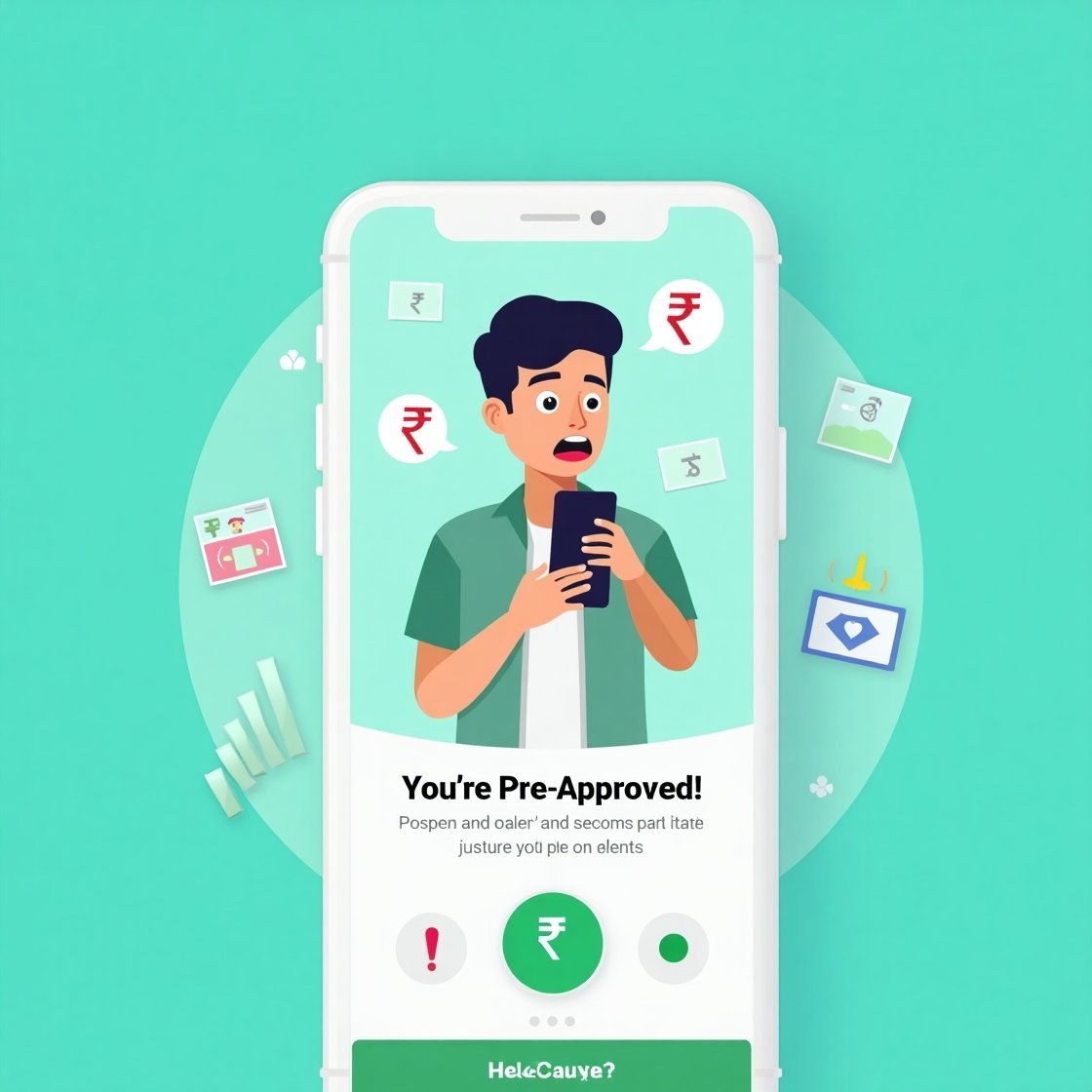Imagine this: you have a CIBIL score of 770, a stable salary, and no active defaults. You apply for a personal loan… and it gets rejected.
This happens to thousands of people across India every month — and the reason is often not your credit score, but deeper, lesser-known factors in your credit profile or financial behavior.
In this post, we reveal the real reasons banks reject your loan — even if your credit score is considered “good.”
🧠 First, What Is a “Good” Credit Score?
| Score Range | Category |
|---|---|
| 750 – 900 | Excellent |
| 700 – 749 | Good |
| 650 – 699 | Average |
| 550 – 649 | Poor |
| Below 550 | High Risk |
Most people think a score of 750+ is a guaranteed approval. But banks look far beyond the score. They look at your entire financial footprint.
⚠️ Hidden Reasons Loans Get Rejected Despite a Good Credit Score
1. 🕵️♂️ Credit Report Inconsistencies
Even a small mismatch in name, PAN, or address can trigger rejection. Example: your PAN in the report shows “KUMAR R” but your application has “RAHUL KUMAR”.
Tip: Check for spelling errors and outdated information in your credit report before applying.
2. 📉 High Number of Recent Loan Inquiries
If you’ve applied for loans or credit cards multiple times in the last 3–6 months, your report shows “hard inquiries”.
Banks assume you’re credit hungry, which = high risk, even with a good score.
3. 💸 Low Disposable Income After EMIs
Even if your score is 770, if you’re paying 50–60% of your salary in EMIs already, banks reject your application due to low repayment capacity.
This is known as FOIR (Fixed Obligations to Income Ratio) — and it matters more than your score.
4. 🧾 Unpaid Settlements or Charge-Offs
If you settled a loan or credit card in the past, banks see it as “not fully paid” — even if it’s old. It creates a high-risk tag.
Settled accounts hurt your credibility, even years later.
5. 🧠 Credit Mix is Imbalanced
If your credit profile has only unsecured loans (like personal loans or credit cards) and no secured credit (like car/home loans), you may be flagged as unbalanced.
Tip: Maintain a healthy mix of secured + unsecured credit.
6. 🧠 Loan Amount Requested is Too High for Profile
Even with a good score, if you’re asking for ₹10 lakhs but your annual income is ₹3.5 lakhs, banks will decline it based on affordability criteria — not your score.
💡 Bonus Reason: Lender-Specific Policies
Each bank and NBFC has its own internal risk engine. You might be blacklisted in one bank’s internal system — but approved in another.
This is why people with 750+ scores get approved at Bajaj Finserv but rejected at Axis Bank.
✅ What to Do Before Reapplying
| Step | Why It Matters |
|---|---|
| Check full credit report | Look beyond the score — inspect accounts |
| Fix spelling/PAN/Aadhar errors | Discrepancies can cause auto-rejection |
| Reduce active EMI burden | Pay off small loans or reduce card usage |
| Wait 60–90 days between applications | Reduces inquiry-based rejections |
| Use a loan eligibility checker | Simulate approvals before you apply |
| Maintain savings buffer | Shows stability to lenders |
🧾 Final Thoughts
A high credit score is important — but it’s not everything. In 2025, lenders are looking at your behavioral risk, income profile, and report consistency before making a decision.
Always review your full credit report, optimize your EMI load, and apply smartly — not frequently.
The key to approval lies in your financial story — not just your score.



